In Vitro Fertilization (IVF) has revolutionized reproductive medicine, offering hope to millions of couples and individuals facing infertility.
Infertility, defined as the inability to conceive after at least a year of trying, affects more than 1 in 5 couples who seek fertility treatments.
IVF, which literally means “in the glass,” involves fertilizing an egg and sperm outside the human body in a laboratory. Since the first “test-tube baby” was born in 1978, more than 8 million babies have been born through IVF worldwide.
But how exactly does IVF treatment work, step by step? Let’s break it down into simple stages so you can understand the entire process clearly.
Who Usually Opts for IVF?
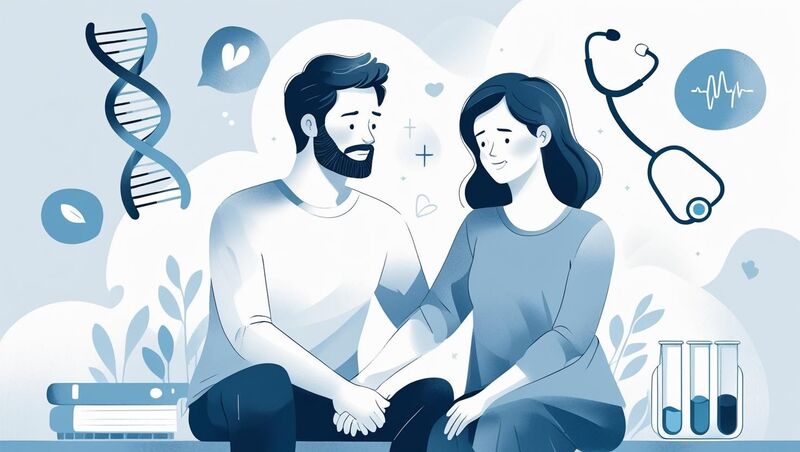
IVF is not the first treatment option for infertility, but it is often chosen when other methods don’t work or in cases with specific medical reasons. Couples or individuals may choose IVF if they experience:
- Female infertility: Blocked fallopian tubes, ovulation disorders, endometriosis, PCOS, uterine fibroids, or premature ovarian failure.
- Male infertility: Low sperm count, poor sperm motility, abnormal sperm shape, or issues requiring sperm retrieval.
- Unexplained infertility: No clear cause identified even after tests.
- Genetic conditions: Couples who want to prevent passing on inherited disorders.
- Other reasons: Fertility preservation before cancer treatment, use of donor eggs/sperm, surrogacy, or same-sex couples wanting to conceive.
Step-by-Step IVF Treatment Process:
The IVF process is a multi-stage journey, usually lasting 4–6 weeks per cycle. Below are the steps explained:
Step 1: Initial Consultation & Fertility Tests
Your IVF journey begins with a complete medical check-up. The doctor evaluates your medical history, performs blood tests, checks ovarian reserve, and conducts ultrasound scans. For men, semen analysis is done. Genetic and infectious disease screenings are also part of this phase.
Have you ever wondered why so many tests are needed before IVF even begins? These initial assessments help doctors personalize your treatment plan and increase the chances of success.
Step 2: Ovarian Stimulation (Hormonal Injections)

Women usually take hormonal injections (FSH and LH) for 8–14 days to produce multiple eggs. Normally, a woman releases one egg per cycle, but IVF needs several. The growth of follicles (egg sacs) is monitored with blood tests and ultrasounds.
When the eggs reach maturity, a “trigger shot” of hCG or GnRH agonist is given to prepare for egg retrieval.
Step 3: Egg Retrieval (Ovum Pick-Up)
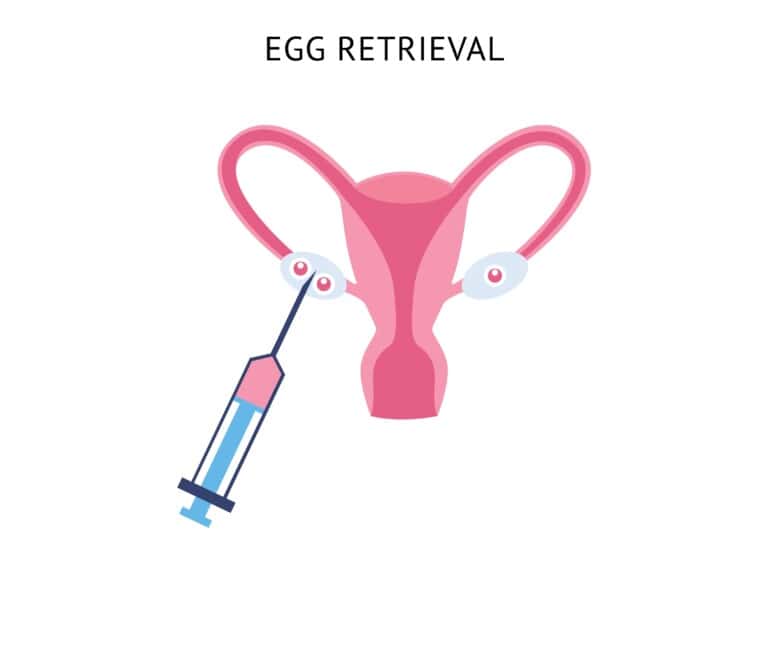
About 36 hours after the trigger shot, eggs are retrieved in a short surgical procedure under anesthesia. A thin needle guided by ultrasound collects eggs from the ovaries. Most women can go home the same day and experience only mild discomfort.
Step 4: Sperm Collection & Preparation
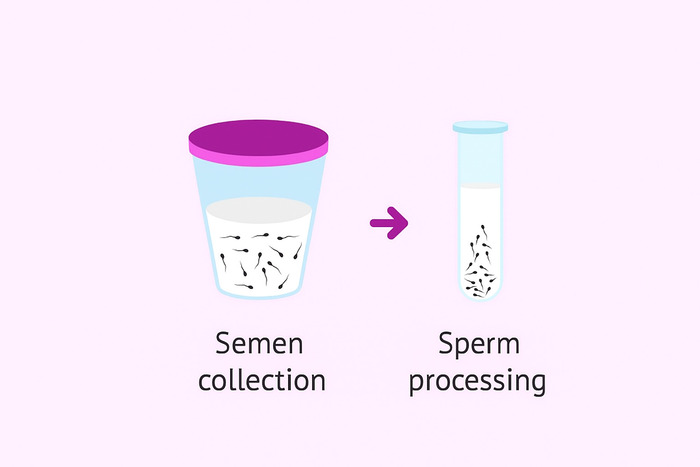
On the same day, a sperm sample is collected from the male partner. If needed, sperm can also be surgically retrieved (TESE or MESA). In the lab, sperm is washed and prepared to select the healthiest ones.
Step 5: Fertilization (IVF or ICSI)
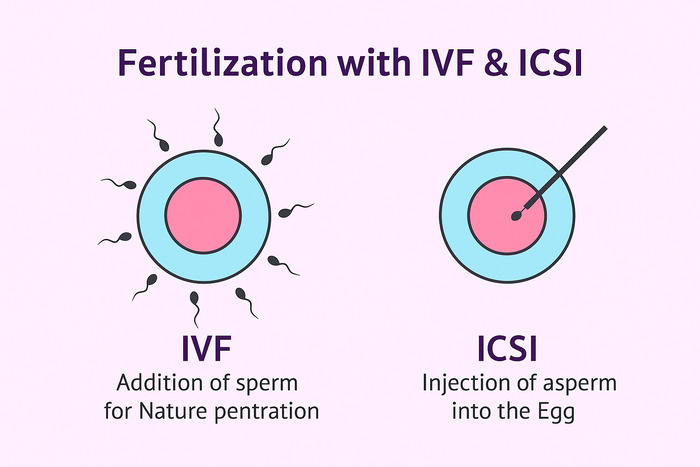
- Conventional IVF: Eggs and sperm are placed together in a dish to fertilize naturally.
- ICSI (Intracytoplasmic Sperm Injection): A single sperm is injected directly into an egg.
About 70% of mature eggs typically fertilize successfully.
Step 6: Embryo Development
The fertilized eggs (now embryos) are cultured in the lab for 3–5 days. Embryologists monitor their growth until they reach the blastocyst stage. Only the best-quality embryos are selected for transfer.
Step 7: Embryo Transfer
This is a simple, painless procedure where embryos are placed into the uterus using a thin catheter. It’s usually done on Day 3 or Day 5 after fertilization. Depending on age and health, doctors may transfer one or more embryos.
Isn’t it amazing that such a tiny embryo can begin a whole new life once it implants successfully?
Step 8: The Two-Week Wait

After transfer, couples wait for 9–14 days to see if implantation happens. This phase is emotionally challenging. Doctors usually prescribe progesterone supplements to support the uterine lining.
Step 9: Pregnancy Test
Around two weeks after the embryo transfer, a blood test (Beta-hCG) confirms whether pregnancy occurred. If positive, medications continue for a few weeks. If negative, couples may discuss trying again in the next cycle.
Also Read: What to Expect After Your IUI Treatment
Additional IVF Techniques That May Be Used:
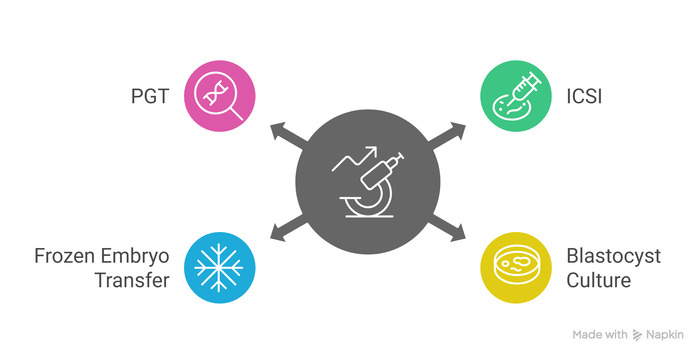
Sometimes, standard IVF steps are not enough. Depending on the couple’s condition, doctors may suggest additional techniques to improve the chances of success. Here’s a quick comparison:
| Technique | What It Is | Who It Helps |
|---|---|---|
| ICSI (Intracytoplasmic Sperm Injection) | A single healthy sperm is injected directly into the egg to ensure fertilization. | Couples facing male infertility, low sperm count, or poor sperm motility. |
| Blastocyst Culture | Embryos are grown in the lab until day 5 or 6 (blastocyst stage) for better selection. | Couples who want to increase implantation chances by transferring stronger embryos. |
| Frozen Embryo Transfer (FET) | Embryos are frozen and transferred in a later cycle for better timing and uterine readiness. | Couples who need flexibility, improved uterine conditions, or plan multiple IVF attempts. |
| Preimplantation Genetic Testing (PGT) | Embryos are screened for genetic or chromosomal issues before transfer. | Couples with a history of genetic disorders, advanced maternal age, or repeated IVF failures. |
How Long Does the IVF Process Take?
Here’s a breakdown of the IVF timeline:
| IVF Stage | Duration (Approx.) |
|---|---|
| Consultation & Tests | 1–2 weeks |
| Ovarian Stimulation | 8–14 days |
| Egg Retrieval & Fertilization | 2–3 days |
| Embryo Culture | 3–5 days |
| Embryo Transfer | Day 3 or Day 5 |
| Pregnancy Test | 9–14 days later |
So, in total, one IVF cycle usually takes 4–6 weeks.
IVF Success Rate Step by Step:
Every couple entering IVF wants to know the same thing: What are my chances of success?
The truth is, IVF success is not guaranteed and depends on several factors like age, egg quality, sperm health, and lifestyle. However, looking at the process step by step helps us understand where success is most likely and where challenges may arise.
| Step | What Happens | Average Success Percentage |
|---|---|---|
| Ovarian Stimulation | Hormonal injections help the ovaries produce multiple mature eggs. | Women under 35 usually respond better; success depends on ovarian reserve. |
| Egg Retrieval | Mature eggs are collected from the ovaries. | About 70–80% of retrieved eggs are mature enough for fertilization. |
| Fertilization | Eggs are combined with sperm (IVF or ICSI). | Around 60–70% of eggs fertilize successfully. |
| Embryo Development | Fertilized eggs are monitored as they grow into embryos (up to day 5). | About 40–50% of fertilized eggs reach the blastocyst stage. |
| Embryo Transfer | One or more embryos are placed in the uterus. | Around 30–40% of transferred embryos implant successfully. |
| Pregnancy Confirmation | A blood test (beta-hCG) checks for pregnancy two weeks later. | Live birth rate: 40–50% for women under 35, 20–25% for ages 38–40, and <10% for over 42. |
Must Read: Best IVF Centers in Mumbai for Infertility Treatment
Risks & Side Effects of IVF:
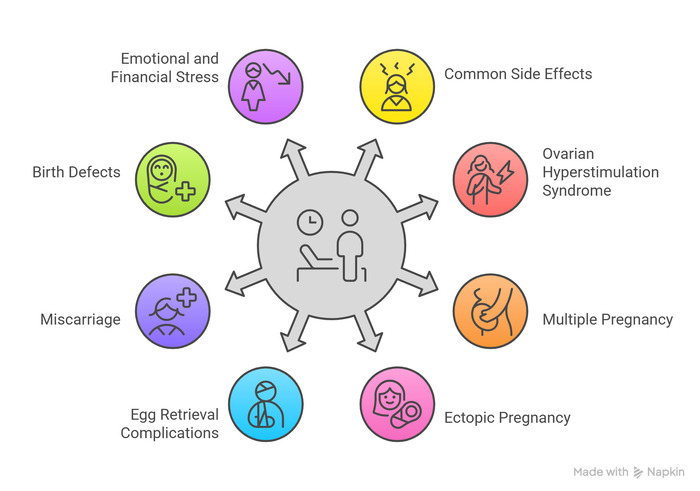
While IVF has given hope to millions of couples, it’s important to understand that the treatment also comes with certain risks and side effects. These can vary from mild and temporary to more serious in rare cases.
Common Side Effects:
- Bloating and Abdominal Discomfort – Caused by ovarian stimulation injections.
- Mood Swings and Emotional Stress – Hormonal changes and treatment pressure can affect mental health.
- Mild Cramping and Spotting – After egg retrieval or embryo transfer, some women may feel cramps or light bleeding.
- Headaches and Fatigue – Hormonal medications can sometimes trigger headaches or tiredness.
- Breast Tenderness – A common response to fertility drugs.
Potential Risks:
- Ovarian Hyperstimulation Syndrome (OHSS) – In rare cases, ovaries over-respond to fertility drugs, causing swelling, pain, nausea, or fluid buildup.
- Multiple Pregnancy – IVF increases the chance of twins or triplets, which carries higher health risks for both mother and babies.
- Ectopic Pregnancy – A rare condition where the embryo implants outside the uterus (commonly in the fallopian tube).
- Egg Retrieval Complications – Though rare, bleeding, infection, or damage to surrounding organs may occur.
- Miscarriage – Just like natural conception, miscarriage risk exists, especially in women of advanced maternal age.
- Birth Defects (Slightly Higher Risk) – Some studies suggest a slightly increased risk, but overall chances remain low.
- Emotional and Financial Stress – The uncertainty, repeated cycles, and high costs can take a toll on couples.
Also Read: Best IVF Centers in Delhi
Cost of IVF Treatment:
The cost of IVF can vary widely depending on several factors such as the city, clinic reputation, medical condition, and additional procedures required. Here’s a detailed breakdown:
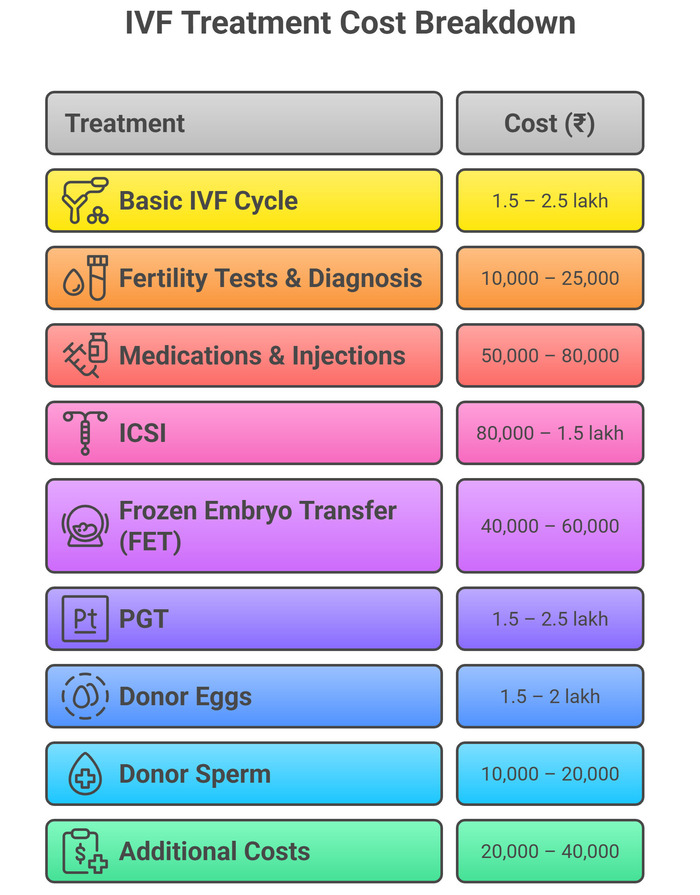
| Item | Cost Range (India) | Notes |
|---|---|---|
| Basic IVF Cycle | ₹1.5 – ₹2.5 lakh | Covers consultation, stimulation, egg retrieval, fertilization, and embryo transfer. |
| Fertility Tests & Diagnosis | ₹10,000 – ₹25,000 | Includes blood tests, semen analysis, ultrasound, and ovarian reserve tests. |
| Medications & Injections | ₹50,000 – ₹80,000 | Hormonal injections to stimulate egg production; cost may vary per cycle. |
| ICSI (Intracytoplasmic Sperm Injection) | ₹80,000 – ₹1.5 lakh | Used in male infertility cases where sperm is injected directly into the egg. |
| Frozen Embryo Transfer (FET) | ₹40,000 – ₹60,000 | Includes freezing, storage, and later transfer of embryos. |
| Preimplantation Genetic Testing (PGT) | ₹1.5 – ₹2.5 lakh | Genetic screening of embryos to avoid chromosomal abnormalities. |
| Donor Eggs | ₹1.5 – ₹2 lakh | Used if the woman’s eggs are not viable. |
| Donor Sperm | ₹10,000 – ₹20,000 | Used in cases of severe male infertility. |
| Additional Costs | ₹20,000 – ₹40,000 | Includes anesthesia, lab charges, embryo culture, and extended care. |
Tips for Couples Going Through IVF
Follow Your Doctor’s Instructions
- Stick to the prescribed medication schedule and attend all monitoring appointments. Consistency improves success rates.
Maintain a Healthy Lifestyle
- Eat a balanced diet rich in antioxidants, omega-3 fatty acids, and whole foods.
- Exercise moderately, but avoid heavy workouts during ovarian stimulation.
Avoid Harmful Substances
- Quit smoking, alcohol, and recreational drugs.
- Limit caffeine intake to improve fertility outcomes.
Prepare Emotionally
- IVF can be stressful and emotionally draining.
- Consider therapy, counseling, or support groups to cope better.
Understand Financial Aspects
- Be aware of the full cost of treatment, including medications and additional techniques.
- Plan your finances in advance to avoid unexpected stress.
Open Communication with Your Partner
- IVF can put a strain on relationships.
- Support each other emotionally and keep communication open throughout the process.
Pre-IVF Preparations
- Take folic acid supplements at least 3 months before starting IVF.
- Avoid travel to high-risk infection areas that could delay treatment.
Manage Stress and Anxiety
- Practice relaxation techniques like yoga, meditation, or deep breathing.
- Focus on self-care activities to stay calm and positive.
Plan for the Two-Week Wait
- After embryo transfer, avoid heavy lifting, strenuous activities, and sexual intercourse.
- Keep yourself busy with light, enjoyable activities to reduce anxiety during this waiting period.
Build a Support System
- Share your journey with trusted family or friends.
- Having emotional support can make the process feel less overwhelming.
Must Read: Best Foods to Increase Fertility in Females
How IVF Work? (3D Animation Hindi):
Conclusion:
Reassurance and positivity are two of the most important companions for couples on their IVF journey. The process may feel overwhelming at times, but understanding the step-by-step treatment and being prepared emotionally can make the path smoother. Each phase, from ovarian stimulation to embryo transfer, brings you closer to the dream of parenthood.
It is also important to remember that IVF is not a guarantee, but it gives hope to millions who struggle with infertility. Many couples achieve pregnancy in their first attempt, while others may require multiple cycles. Either way, IVF provides an opportunity where natural conception has been challenging.
So, what can you do to make this experience less stressful? Focusing on lifestyle changes, emotional well-being, and open communication with your fertility specialist can make a big difference. Support groups, counseling, and staying connected with others facing similar challenges can also provide strength.
Ultimately, the IVF journey is about courage, resilience, and hope. Even though it is a complex treatment involving fertility drugs, egg retrieval, and embryo transfer, the goal remains simple – to help couples build the families they dream of. And that possibility alone makes every step worthwhile.
FAQs:
IVF is recommended for couples facing infertility due to blocked fallopian tubes, low sperm count, ovulation problems, or unexplained infertility.
One IVF cycle usually takes 4–6 weeks, from ovarian stimulation to the pregnancy test.
IVF is not usually painful, but some steps like injections or egg retrieval may cause mild discomfort.
No, IVF is not a guarantee, but it increases the chances of pregnancy for millions of couples struggling with infertility.
Around 1–2 injections per day are given for 8–14 days during ovarian stimulation.
IVF is usually recommended up to age 45 for women, though chances decrease after 40.
Yes, embryos can be frozen and used for future transfers, saving time and cost.
No, complete bed rest is not needed; light activities are generally safe.
The average cost per IVF cycle in India ranges from ₹1.5 to ₹2.5 lakh, depending on the clinic and procedures used.
Yes, transferring multiple embryos can increase the chances of multiple pregnancies.
Yes, IVF babies are as healthy as naturally conceived babies.
Eating a balanced diet, exercising moderately, avoiding smoking, alcohol, and stress can improve success rates.
Yes, IVF with ICSI (Intracytoplasmic Sperm Injection) can help men with low sperm count or poor sperm quality.
Coverage depends on the policy; in India, most insurance plans do not fully cover IVF costs.
Usually, you can try again after one full menstrual cycle, as advised by your doctor.
Side effects may include bloating, mood swings, breast tenderness, and mild cramping.
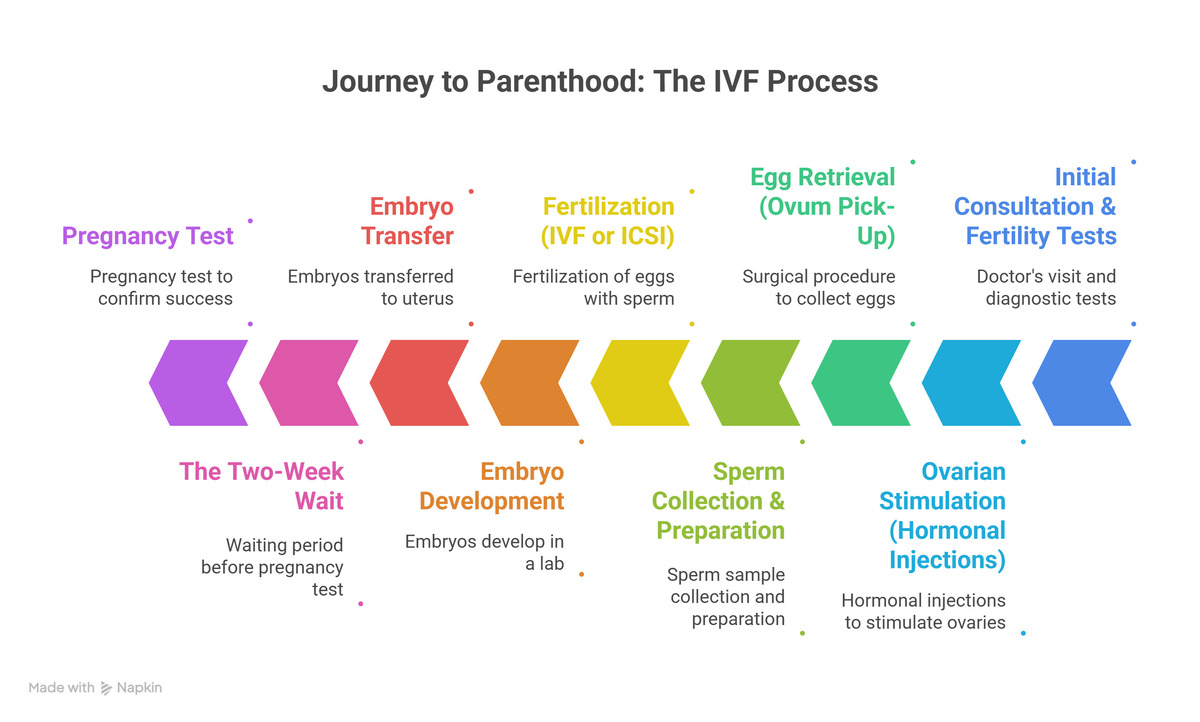
[…] Also Read: How Does IVF Treatment Work Step by Step […]
[…] IVF treatment is not a one-day procedure; it often involves multiple visits for consultations, tests, and follow-ups. Therefore, the clinic’s location and accessibility matter. […]
[…] IVF (In Vitro Fertilization) is a medical procedure that helps couples conceive when natural conception is difficult. The process includes ovulation stimulation, egg retrieval, fertilization in the lab, and embryo transfer. […]
[…] In Vitro Fertilization (IVF), meaning “fertilization in glass,” is a medical procedure where eggs and sperm are combined in a laboratory environment. The fertilized embryo is then transferred into the uterus to achieve pregnancy. […]
[…] to modern fertility treatments like In Vitro Fertilization (IVF) and gestational surrogacy, many individuals and couples who once struggled with conception now have […]
[…] the longest wait ever, especially when you are constantly checking for early pregnancy signs after IVF and comparing every cramp or twinge to implantation […]
[…] (aka Amdavad) is now one of the most favorite places in India for IVF treatment, fertility care, and infertility solutions, thanks to its modern hospitals and expert IVF […]
[…] Frozen embryo transfer (FET) has become one of the most common and successful approaches in modern IVF treatment. […]